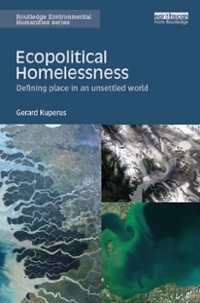Evaluate the following questions and answer all.
(a) (/ point) Describe four risk classification schemes and the circumstances when each is used. You are evaluating an additive risk adjustment model in a market with two insurers. The insurer with a lower average risk profile will have to pay out money to the other insurer to compensate it for enrolling higher risk members. Each insurer has been given the choice of using one of two methods to determine the payout: Method I uses only the risk score model Method 2 uses the expected claims costs by risk category, where the risk classification is assigned using the risk score model Risk Score Model Risk Weight Variable Female Male 0 - 34 Years 0.500 0.550 35 - 44 Years 0.590 0.620 45 - 54 Years 0.650 0.680 55 - 64 Years 0.700 0.720 65 Years or Over 0.750 0.800 Diabetes 0.950 Congestive Heart Failure 0.430 Immune Disorders 0.610 Hypertension 0.200 Insurer Demographics Insurer A Insurer B 100 females aged between 35 and 100 females aged between 46 39 years with no conditions and 50 years with no conditions 200 males between 46 and 52 years 50 males between 31 and 33 with diabetes and hypertension years with congestive heart failure 100 females aged 56 to 63 years 50 males aged 66 to 71 years with diabetes and immune disorders with diabetes and congestive heart failureLabor Supply. In the static (i.e., one-period) consumption-labor framework of Chapter 2, suppose that the utility function of any given consumer is n u(c, n) = 1-0 in which c denotes consumption and n denotes labor. The terms o (the Greek lowercase letter "sigma"), w (the Greek lowercase letter "psi"), and 0 (the Greek lowercase letter "theta") are all exogenous parameter values and thus are taken as given by the consumer. The range of numerical values of these three exogenous parameters are o > 0, y > 0, and 0> 0. In the following analysis, the parameters y and O are always held fixed at their (though unspecified) respective positive numerical values. There are two different types of consumers. All consumers have identical budget constraints C =w.n and identical Lagrange functions co -1 n 1-0 + 2.[w.n-c]. 1+ The only difference between the two categories of consumers is that the Type I consumer has a utility parameter o that is in the range 0 1.d. If there are any c terms that appear in the consumption-labor optimality condition in part c, substitute them out using the budget constraint c= w.n. (Note: The final solution should not contain any c terms.) e. Suppose that the real wage has increased from w, to wy . In the single figure below, provide a qualitative sketch that shows the changes in the consumption-labor optimality conditions for the two different types (Type I and Type II) of consumers for both the real wage w, and wy . f. Briefly (but carefully) justify the economic interpretation for the diagrammatic results in part e. (Note: "economic interpretation" is not simply a verbal restatement of the mathematics. ZERO points may be awarded if the economic interpretation/explanation is unclear.) consumption leisure(42 pts) The information below describes the current state of a growing closed economy. Production function: Y. = K. (ON.)I- Production per effective worker y, = k. Growth rate of technology go Growth rate of workers n Depreciation rate d Saving rate s










